Math is one of the subjects that many parents are worried about teaching. The normal mindset is, “I’m not a teacher, I won’t know how to teach my children how to do math.”
That’s a legitimate concern. In the Charlotte Mason method, we emphasize making math as concrete as possible, especially in the younger years.
Making Math Real
To do this, we make use of the following tools:
1. Hands-on math
Numbers are an abstract concept that takes time for children to understand. Children are better able to grasp math concepts when they can see and touch items that correspond to the numbers.
This is why we encourage the use of manipulatives like counters and number rods, to form a solid foundation for numeracy.
2. Practical math
In the CM method, we help our children see how we use math in real life. This can be in the form of kitchen skills, like measuring ingredients for baking or cooking, setting the table, business calculations, among others.
One of the ways that Charlotte Mason encouraged practical math (my own term) was letting the children do paper and board folding activities called Paper Sloyd. It involves the child making accurate measurements to create different objects, such as envelops, boxes, and other similar items.
3. Oral math
Oral math is a great way to cement math concepts. One way of doing this is by taking turns creating a story problem for you and your child to solve mentally.
For example, you might say, “If you have 4 apples and your younger brother asks for 1, how many apples would you have left?”
Then, after your child gives the correct answer, it’s his turn to ask you a question.
The “story” form of oral math helps connect the math concepts to their actual usage in real life, and also dispels any future fears of solving word problems.
Choosing a Math Curriculum
With these guidelines, we recommend you to choose a math curriculum that offers these benefits. Check back again soon for blog posts on teaching math in a CM homeschool.
